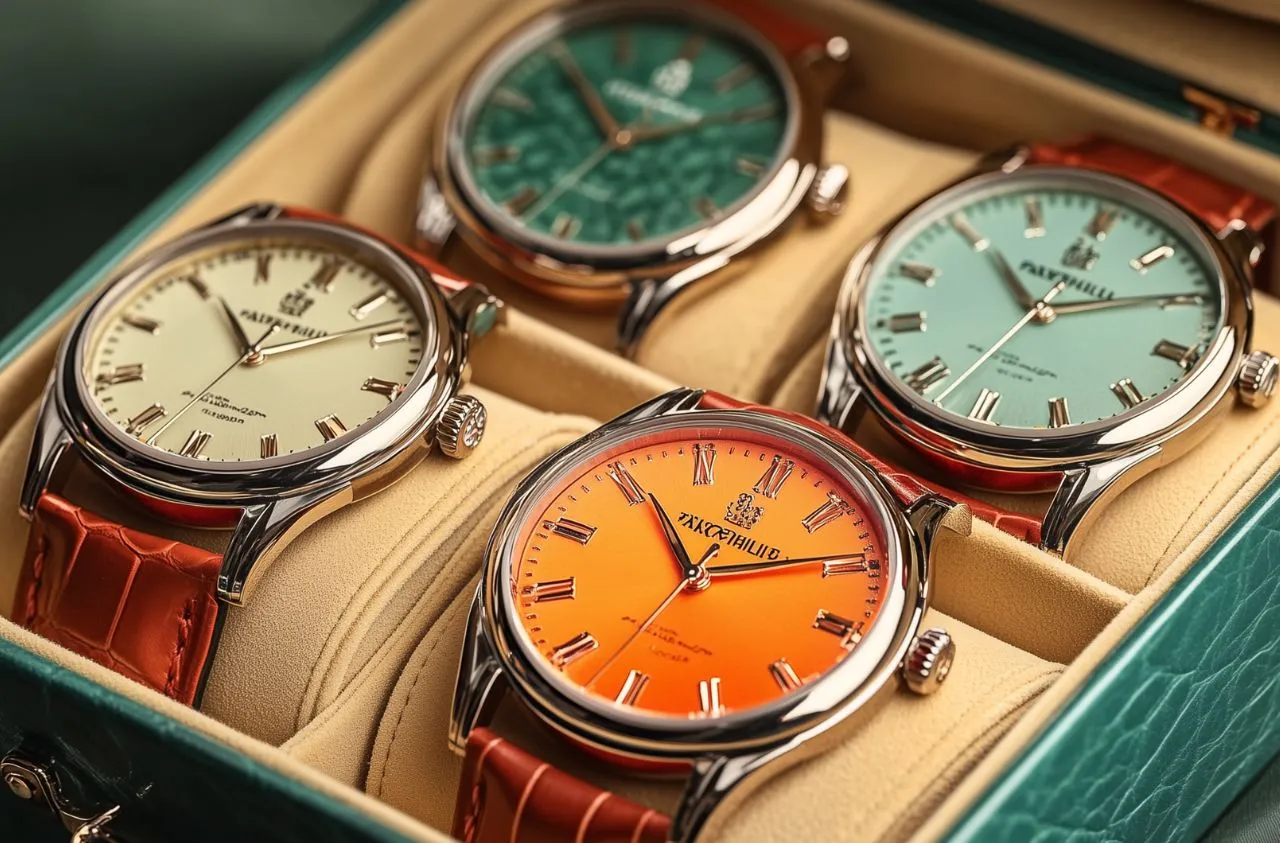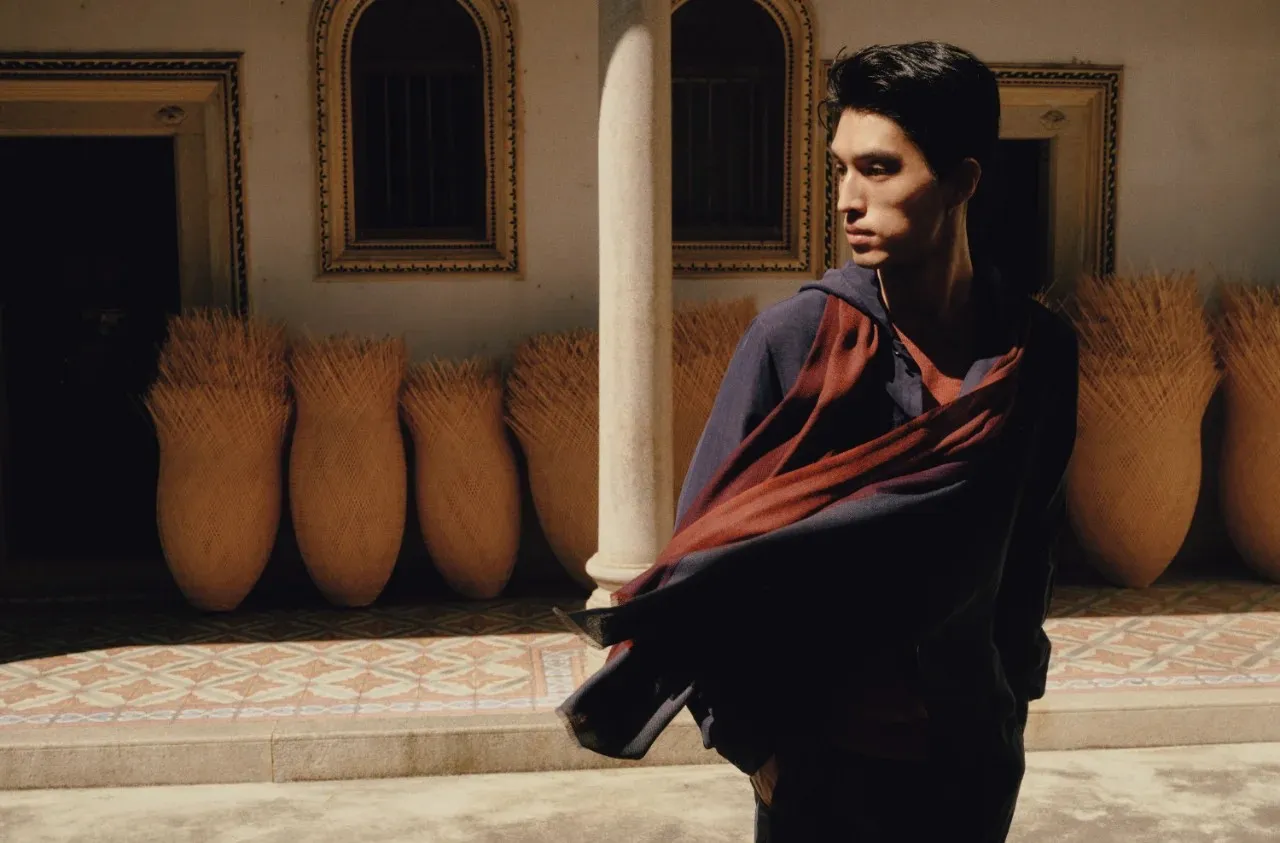Looking Ahead to 2024 Trends
As we look back and say goodbye to a certainly exciting and oftentimes challenging 2023 in luxury, we see specific trends that emerged in 2023 and will carry forward into 2024.
Consumer
Experiential Luxury Will be an Important Theme
With a still dominant UHNW (Ultra-High Net Worth) shopper in luxury, a clear shift in preferences for experiential luxury will continue to remain visible. Consumers are focused on discretionary spending that provides them with memorable experiences or, at the very least, experiential components of luxury consumption with a capacity to leave a lasting impression. Coupled with increased awareness around health and wellness, mindfulness, uniqueness of experience, and meaning, this will reveal itself in the spending choices of luxury consumers. Critical beneficiaries of this trend will be the luxury hospitality industry, high-level voluntourism, and the health and wellness sector, including spa services, concierge health services, longevity centers, and high-end educational services. In the context of hospitality, we will see increased luxury-branded experiences in hotels, restaurants, and real estate.
Quiet Luxury Will Keep Its Momentum Going
As aspirational luxury slows its growth significantly and brands in turnaround mode continue to face challenges, quiet luxury will remain strong. We recently published a piece on quiet luxury and why it has remained such a compelling subsegment of the luxury industry for the wealthy and ultra-wealthy. The same reasons will remain valid in 2024, including the perception of investment value, the desire for understatement, and a wish for lasting, inherent quality. In 2023, this was particularly evident in regions like North America and China, which were heavily affected by the economic slowdown in luxury. Despite the general slowdown, brands like Cucinelli, Zegna and Hermès continued to post high double-digit growth in the latter part of the year. While other lesser-known quiet luxury brands may enter the spotlight in 2024, the classics will continue to enchant customers looking for the antithesis of flash.
Financial
Normalization in Revenues for Most Luxury Brands
The latter half of 2023 saw a significant moderation and normalization in growth, following explosive post-pandemic growth levels. The notable exception to this trend included several brands in the quiet luxury category, such as Hermès, Cucinelli, and Zegna. While markets initially met this underperformance with some disappointment, this simply represented a normalization in line with more historical levels. Persistent high double-digit growth rates were never realistic nor genuinely expected, but they were fortuitous and a natural part of “coming back online” after the pandemic, helping brands to recover from the effects of Covid. A lot of this revenue growth was driven by significant price hikes, which we can still expect to see in 2024, albeit at more reduced levels. Lower growth expectations have now largely been built into EPS projections by analysts and, therefore, luxury brands’ stock prices. We can see 2024 as a more historically aligned and realistic basis for building into the future.
Mergers and Acquisitions
While 2023 lagged 2022 in terms of IPOs, it did bring a slight uptick in M&A activity for luxury this summer, with brands like Birkenstock listing in 2023 and others like Golden Goose slated to list in 2024. We saw some examples of vertical integration like Rolex’s purchase of Bucherer, prominent acquisitions like Kering’s 30% stake in Valentino, and Capri Holding’s purchase of Tapestry, making headlines. Opportunistic deals are undoubtedly possible in 2024, albeit more sporadically, as economic uncertainty and low valuations, coupled with the steep cost of capital, will likely further dampen M&A activity.
Demographic
Continued Engagement with Gen Z
2023 was the year that coincided with one of the most significant generational wealth transfers ever witnessed. It is estimated that today’s HNW (High Net Worth) and UHWN have a much more substantial component of inherited wealth than self-made wealth compared to any other generation. Today’s millennials and Gen Z are the beneficiaries of this wealth transfer and, therefore, already THE key luxury demographic to focus on. Gen Z, across all levels of wealth, views the world through a lens of self-actualization, self-identity, co-creation, and digital connectivity. Luxury brands will up the ante as they continue to gain the trust and loyalty of these two generations among wealthy young and aspirational shoppers, tapping into the key characteristics of this consumer demographic and sharpening their efforts to cater to their needs.
New Geographic Key Markets Gain a Foothold
While China has not quite turned into the “comeback kid” the world of luxury was hoping for, due to its sheer demographic size and an increasingly more sophisticated and technologically plugged-in younger Gen Z consumer, it will remain a key focal point for luxury brands. Local luxury brands have been on the rise, and Western brands need to keep an eye on this, leveraging the potential for cultural adaptation through collaborations. As tourism in regions like the US and Europe is not quite delivering the hoped-for results and local consumers exercise restraint, we will continue to see traction in the luxury segment in the GCC region and India. The latter is indeed emerging as a new bright spot in luxury, notwithstanding significant growing pains and hurdles from many Western brands’ perspectives that still must be overcome. These are two key geographic areas where the appetite for all things luxury, including hospitality, automotive, and real estate, is massive and will remain a vital growth driver, underpinned by the formation of an ever-wealthier class of consumers.



